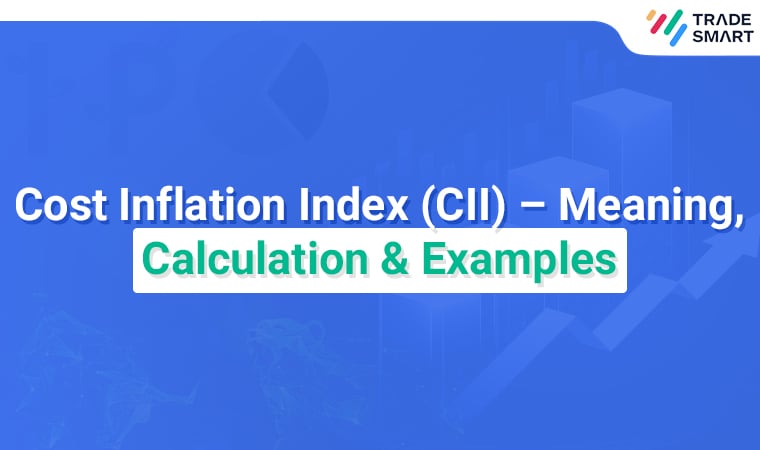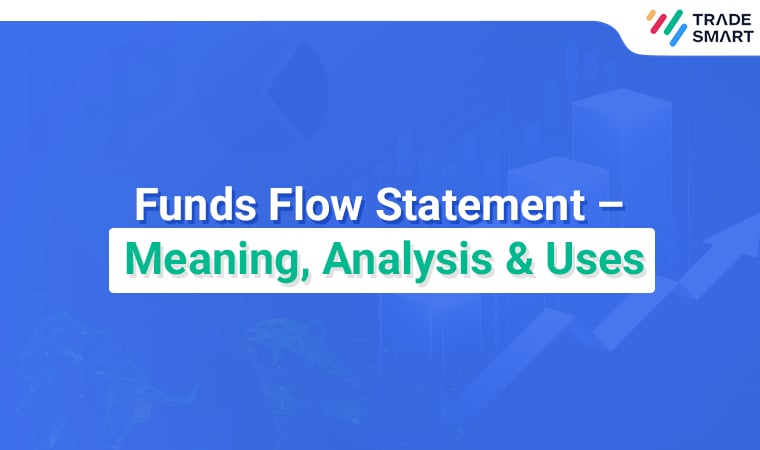What are Penny Stocks?
Penny stocks have a few typical characteristics that separate them from the rest of the stocks trading in the share market. Penny stocks trade at a fairly low market price, have a low market capitalisation, and are not very liquid.
As stocks of companies having a low market capitalisation are usually characterised as penny stocks, it is important to understand how market cap is calculated in the first place.
You will arrive at a company’s market capitalisation if you multiply the current price of the share with the number of outstanding shares. Based on this low market cap, penny stocks are often referred to as small-cap stocks or nano-cap stocks.
The below table illustrates the characterisation of stocks based on their market cap:
| STOCK TYPE | MARKET CAP |
| Large-cap | Rs.20,000 crore and more |
| Mid-cap | Rs.5,000 crore – Rs.20,000 crore |
| Small-cap | Below Rs.5,000 crore |
One of the most important classifications of penny stocks in India is the small-cap stocks with a market cap of Rs. 5,000 crore or less.
What are its features?
Now that we understand what penny stocks are and how to identify them, let’s understand their features in detail:
-
Low Price:
Due to their low price per share, investors buy them in bulk. They do not worry about the price of shares going lower since they are already priced quite low. However, if the price of shares soars higher than the investment price, investors can easily book a profit or sustain the same shares if the stock seems promising.
-
High returns:
Even though penny stocks are priced low, they can sometimes reap significant profits for the investor and become a multibagger. They have a huge potential for growth as they can grow to become mid-cap or large-cap eventually. However, this also makes penny stocks risky since they are highly responsive to the fluctuations in the market.
-
Illiquid:
As penny stocks are illiquid investors looking to exit such stocks may find it difficult to find buyers.
Why should you invest in penny stocks?
Everybody loves a good bargain. Buying penny stocks for a minimal amount compared to high priced stocks in the share market can seem like a great bargain to many investors. Even though it is best to tread with caution, here are some compelling reasons why you should consider investing in penny stocks.
Multibaggers:
With the potential to generate a high ROI, penny stocks are considered multibaggers. Multibaggers are shares that yield returns in multiples of the investment amount.
For example, if a stock trade resulted in three times the profit on the initial investment, it is called a three-bagger, whereas a ten-fold ROI will be simply called a ten-bagger.
If you can pick a good penny stock by applying the right approach, there is an incredible opportunity to walk away with seriously good money.
In fact, a good portfolio consists of just the right mix of large-cap, mid-cap and small-cap or penny stocks. Sometimes penny stocks may even outperform the other two types of stocks and exponentially increase your possible returns.
Here is a good example of a multibagger penny stock:
Rahul invested Rs.1000 in the penny stocks of X Ltd., a small-size Pharma company that reflected strong financials and is backed by a professional top management team. Each unit cost Rs. 5.
X Ltd. introduced a new product, which did exceedingly well in the market. This led to a positive market sentiment amongst shareholders, increasing its share price per unit to Rs. 50.
Rahul sold his 200 shares at Rs. 10,000 to another buyer and walked away with ten times his initial investment. This investment will be considered a ten-bagger.
What are the risks associated with penny stocks?
Since penny stocks trade at significantly low prices, there is huge room for significant upside. However, there are some crucial factors to be taken into account, which significantly increase the risks associated with penny stocks:
-
Lack of information:
An informed investor will always find out as much information about potential investment options before finalising one. However, when looking at options for the best penny stocks to buy, getting information from media sources is difficult. This could be information about their financial soundness, future growth prospects, past performance etc.
-
Scams and frauds:
Ever heard of pump and dump schemes? It is one of the most used tricks in the penny stocks universe to dupe good-intentioned investors. Make sure you stay away from the pump and dump schemes by conducting due diligence.
The scheme works like this. A large number of penny stock shares are purchased, and a false hype is created around the same. This causes positive market sentiment favouring such stocks causing the market price to shoot up.
Once the market price of the stock reaches a desired level and investors rush to buy the stock, the scammers end up selling their shares. As soon as the scrupulous investors realise there was no particular favourable reason behind the stock prices rising, they try exiting the stock but face a tough time finding buyers at the required price point. In the end, they have no option but to record heavy losses and exit the stock.
This is one of the major deterrents to even interested buyers from investing in penny stocks.
Steps to undertake while buying penny stocks:
Here are some important things to consider before buying even the best penny stocks. They will help you minimise your losses and maximise your gains:
-
Decide on what is the maximum loss you can bear:
As mentioned above, the prices of penny stocks are some of the most volatile in the share market. This is why you should only think of parking an amount into them that you feel most comfortable losing if market conditions turn against you. This is so that you have a set amount in mind, which even if you lose, you will not face any real financial crunch.
-
Gather information from multiple sources:
Often, investors fall into the trap of relying on information gathered only from stock promoters or the company itself. Do not fall prey to the rosy picture painted by them. Invest only if you can find information for the same stock from multiple sources. If the said information is missing, that itself should be a red signal of a pump and dump scheme unfolding in the background.
-
Stay conservative with the fees:
Most stockbrokers or online platforms will charge a fee or commission while investing in a penny stock company. Make sure you stay conservative and choose a platform that does not charge a hefty fee for executing your orders, or you may end up incurring a huge loss. This is because the price of penny stocks is already low. Paying a huge commission will only set you up for more payout.
Bottom line:
It is quite clear that penny stock investments are quite risky and require a good amount of research, background information and reliable data if one wants to invest in them.











